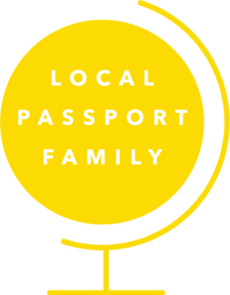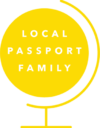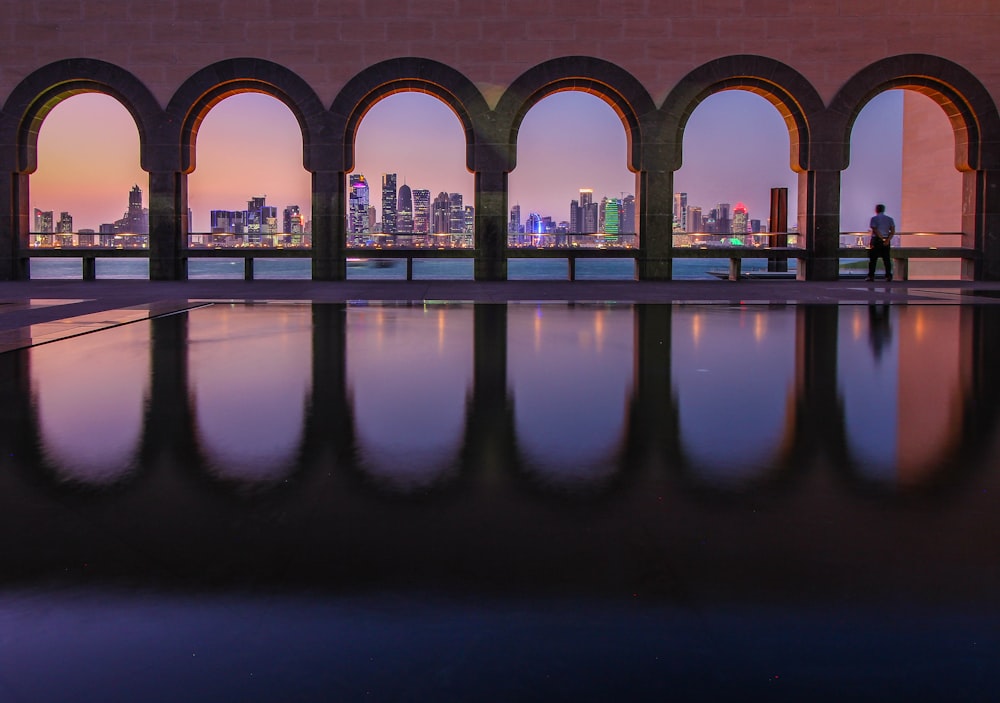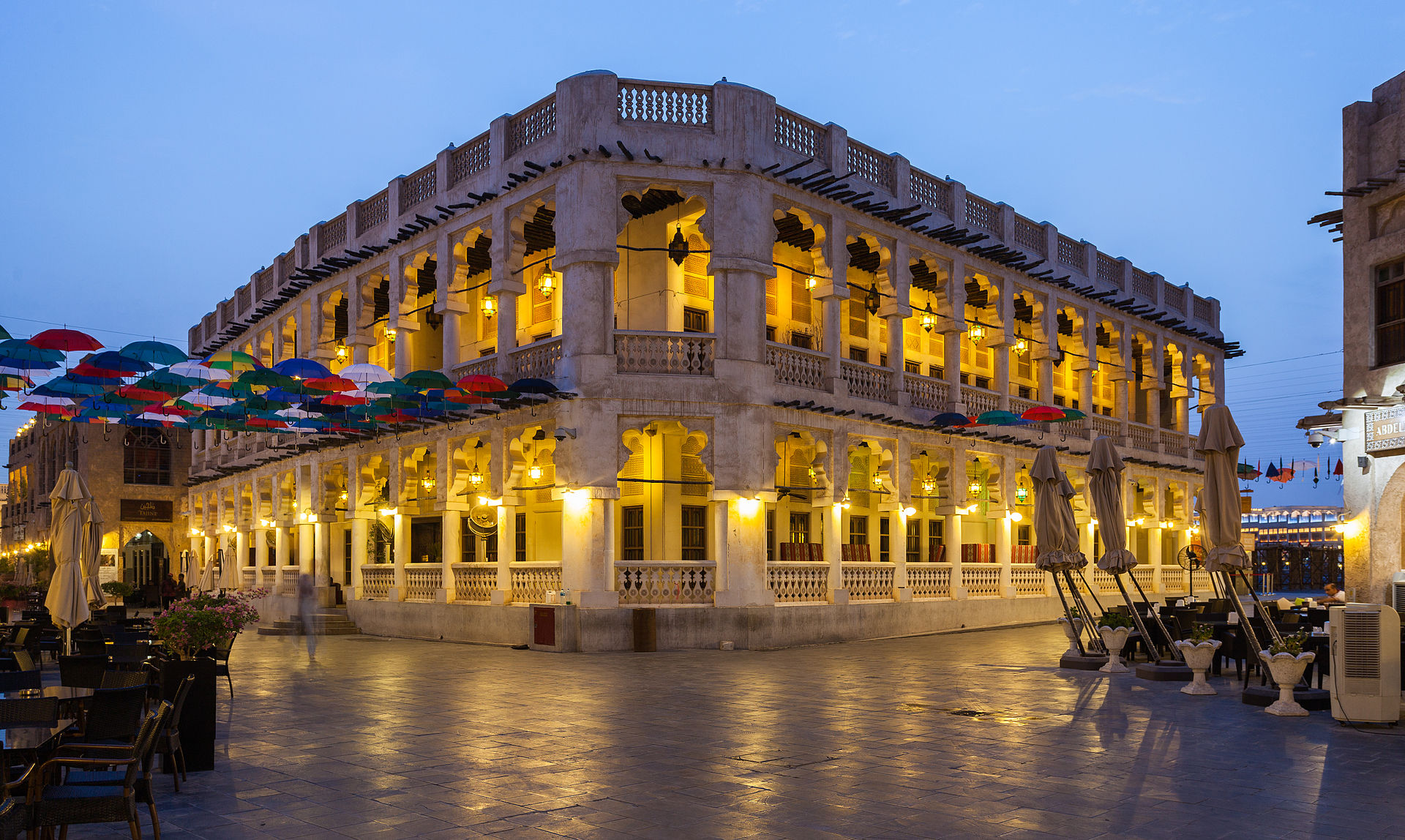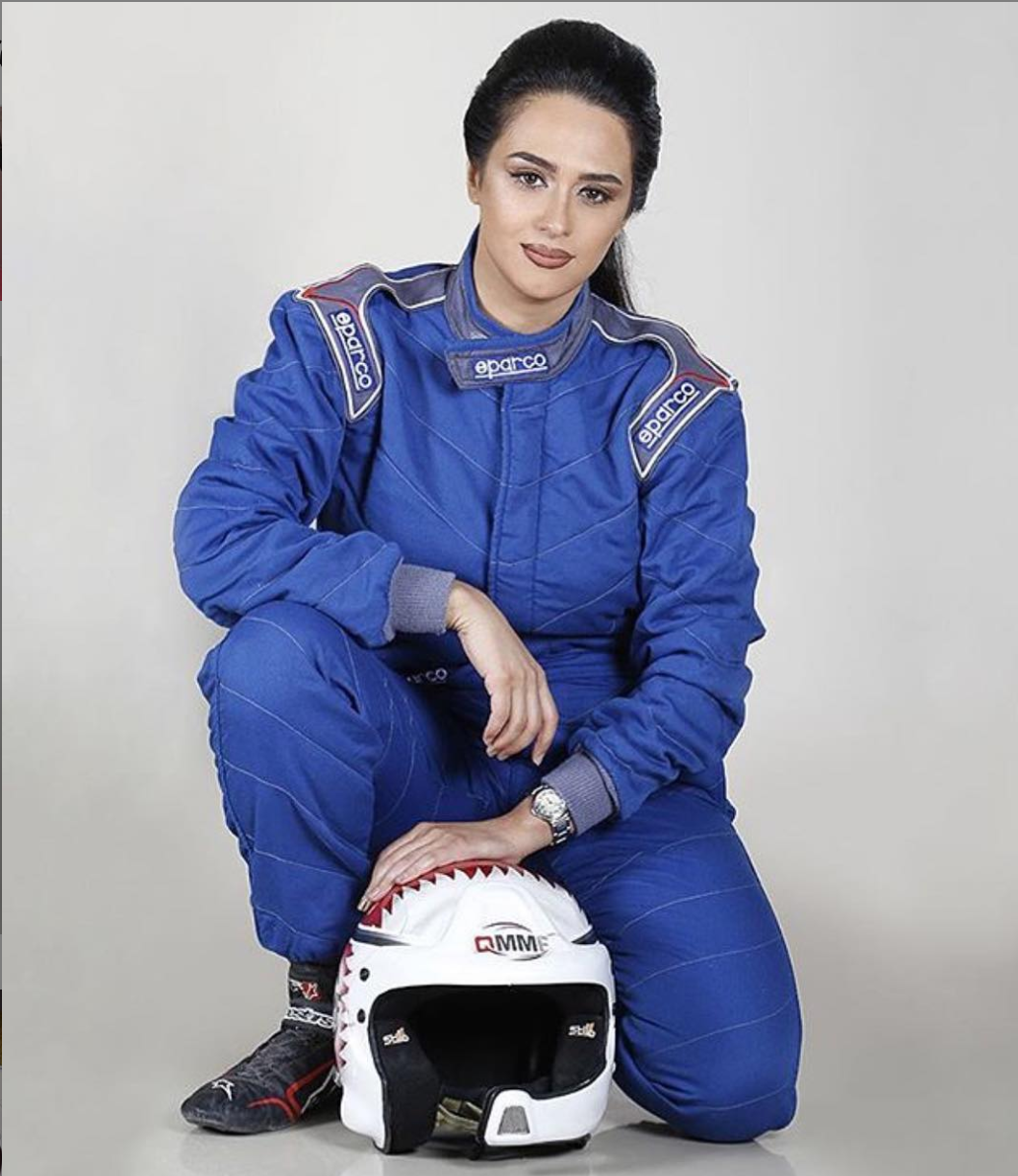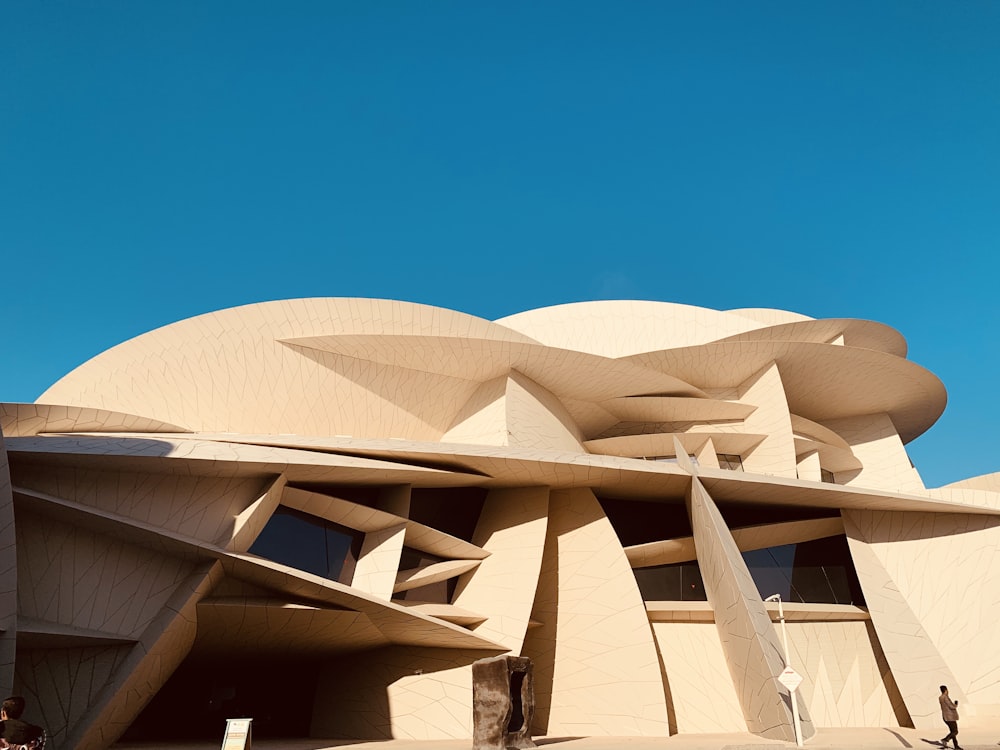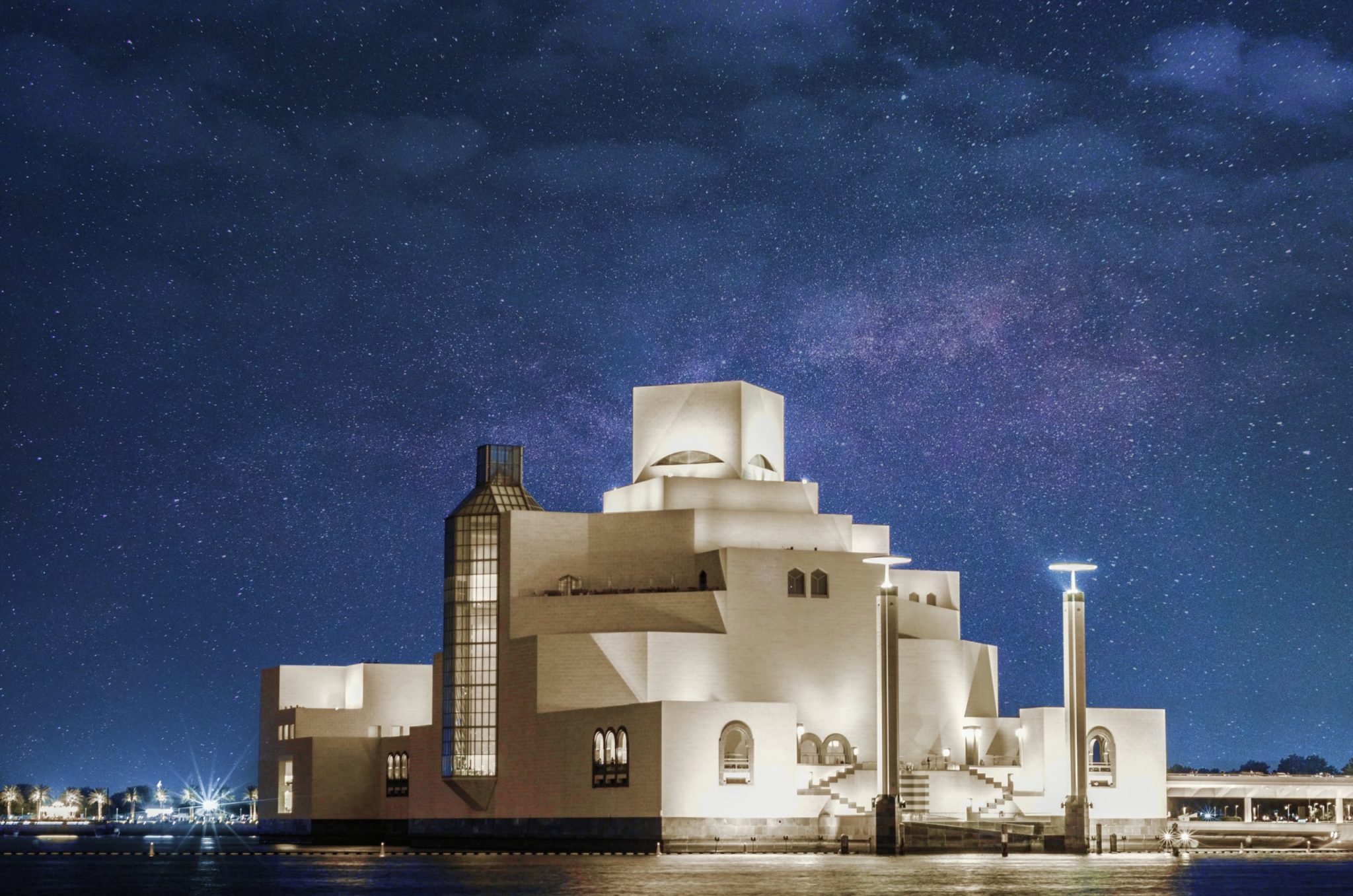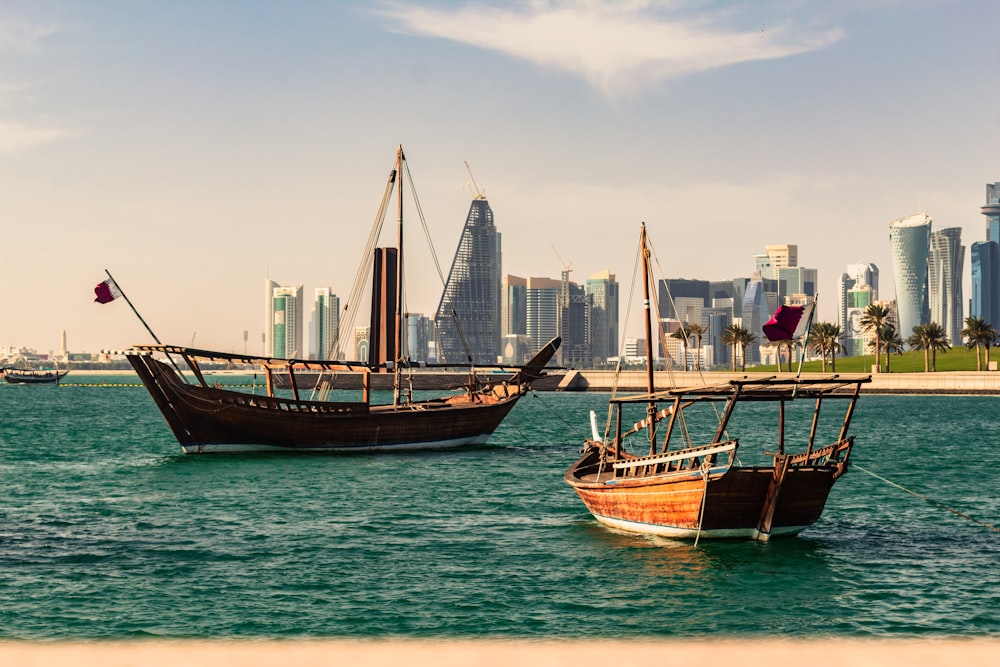Welcome to Q is for Qatar for the Global Children’s Book Club! Today we’ll be going on a virtual tour of Qatar for kids. Get ready for a fun and inspiring Qatar virtual field trip – perfect for global education at home or for a Qatar homeschooling unit.
You can find the full list of countries for the book club right HERE. Be sure to sign up for the email list to get all the information in advance and to receive fun extras!
Get your FREE Alphabet Printable Passport here!
Here’s the 2020 Global Children’s Book Club discussion schedule!
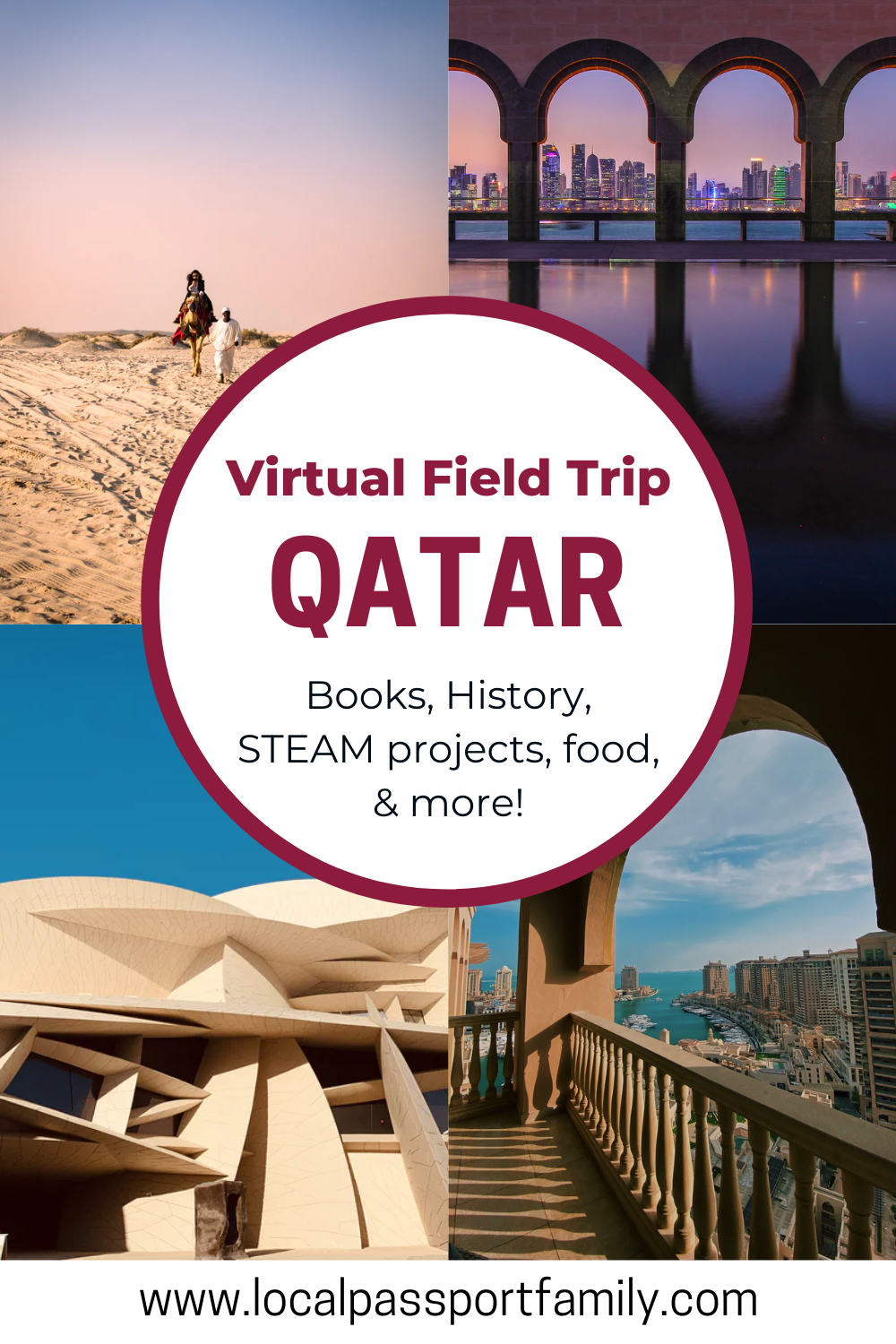 This Qatar virtual tour contains affiliate links, but all opinions are 100% my own. That means I earn a small commission if you purchase through my link, but doesn’t change your price.
This Qatar virtual tour contains affiliate links, but all opinions are 100% my own. That means I earn a small commission if you purchase through my link, but doesn’t change your price.
Q is for Qatar: Qatar Virtual Tour for Kids
Featured Qatar Book
Hamda and Fisaikra by Kaltham Al-Ghanem

Hamda and Fisaikra Picture Book Discussion Questions
- Have you ever met someone who unexpectedly became a trusted friend?
- Does Hamda remind you of any other characters from other stories you know? What do they have in common? How are they different?
- The fisherman said his dawn prayer every morning. What are some things in your morning routine that you do every day? Why is it important that you do those things every day?
- Have you ever been treated differently than other people around you, maybe even differently from people in your own family? How did it make you feel? In what ways can you treat others with equal respect?
Other Qatar Books for Kids
Qatar Facts
Modern Qatar
- Doha (pronounced “Al Dawha” in Arabic) is the capital city
- 97% of Qatar can read and write. The official language is Arabic and the most common spoken language is English.
- Riyal is the official currency. About $3.75 Riyal per US Dollar.
- Islam is the official religion, practiced by about 68% of people. Qatar recognizes Christianity (14%), Hinduism (14%), and Buddhism (3%).
- Despite its small size, Qatar has more oil and natural gas than almost any other country in the world. Only Russia and Iran have more.
- People in Qatar have the highest incomes in the world, with most of the money made from selling oil and natural gas.
- That money is made from selling oil and natural gas to other countries, though – gas in Qatar itself is about $1USD/gallon or 0.25Euro/Liter. That’s even less expensive than it sounds since many things in Qatar are actually quite expensive: milk is over $7/gallon, for example.
- Qatar’s political leadership is an absolute monarch, currently the Al Thani family. Tamim bin Hamad Al Thani is the Emir (ruler) of Qatar.
- 99% of Qatar’s 2.8 million people live in Doha – which may not be surprising when you realize the rest of the country really is basically all desert!
- The biggest meal of the day is lunch. The most common meal for big family gatherings is right after the midday Muslim prayer on Fridays.
- Qatar is extremely flat – you won’t find mountains or even hills. The highest points in the country are all the tops of buildings in the capital city! Only the island nation of the Maldives is closer to sea level.
- Qatar is the least likely country in the world to experience an earthquake.
- Men in Qatar wear a “Thoub” – or a long white shirt worn over long white cotton pants which are kept very neat and clean. Women wear an “Abaya” or a long black cloak with a dress (“Djelabia”) under it.
- It is considered respectful in Qatar to ensure your clothes cover to below your knees, and for women to cover their arms.
- Qatar is very welcoming: people from 180 other countries live in Qatar!
- Prince Khalifa announced freedom of the press and allowed women to vote in 1995.
- Qatar will host the 2022 World Cup – the largest sporting event in the world! Qatar is building 9 huge stadiums to prepare for the event.
Ancient Qatar
-
- Pliny the Elder first referred to the region as “Catharra” – leading to today’s name “Qatar.”
- People used to fish for pearl oysters in Doha. Catching enough pearls could easily support a family, but it was hard to do. To commemorate this history, an artificial island in the shape of a string of pearls has been built over the former pearl-diving location.
- Qatar was on the spice trading route between Europe and India and China, which also introduced other world religions to the region in a peaceful way.
- Qatar was ruled by Ottomans until 1916, when, after WWI, it became a British protectorate.
- Britain ended the period of treaty relationships with Persian Gulf sheikdoms in 1971 and Qatar peacefully declared independence rather than joining the newly-forming union of Arab Emirates.
Color in Qatar on this map of the Arabian Peninsula.

Qatar for Kids: Flag Activity

Flag from HERE
HERE is a fun printable Qatari flag coloring sheet!
Qatar Virtual Tour to a Featured Landmark
Souk Waqif
Doha has many modern buildings of all shapes and sizes. But this 100-year old market is widely considered the last remaining authentically Qatari style building. You can buy traditional clothes like the thobe (a long white shirt) or the gutras (a loose headdress) and the agal (the rope that holds the gutra down) for men. For women, you can find the Abayha (long black dress), a Shayla (black headdress), or a bourga (face covering). There are also traditional crafts, like Sadu knit from sheep, camel and goat wool, and spices like coriander, cardamom, cinnamon and turmeric.
By Diego Delso, CC BY-SA 3.0, https://commons.wikimedia.org/w/index.php?curid=29341398
Al Thakira Nature Reserve
Almost the only place where trees grow naturally in Qatar, the Al Thakira Nature Reserve is a national treasure. As of 1908, about 180 people lived in this place, all of whom worked as pearl divers on one of just 15 boats.
The natural mangrove trees grow in water that is only about 15 feet deep. Sea-turtles lay eggs on the beach every year in early Summer, and lots of varieties of birds call the reserve home.
Featured Qatar Artist: Amna Mahmoud Al Jaidah
The Qatari government started a Boys School in 1951 but no school for girls. Girls were still expected to only be religiously educated and that education only happened at home. Amna Mahmoud Al-Jaidah asked the government to create a school for girls. When the Qatari government said no, she started to teach as many girls as would fit in her own home. In 1953, her school was recognized by the Qatari government and by 1957 more than 100 girls were attending.
Boys and girls still go to separate schools in Qatar, and at least 70 girls schools exist in Qatar today.
In recognition of Amna’s contributions to education for girls (especially in the arts), the Msheireb Arts Center is now in the original building for her girls’ school.
Featured Important Qatar Person: Nada Zeldon
Nada Zeldon is the only female rally car driver in the Arab world. She has 6 little brothers and sisters and moved to Qatar when she was four when her family ran away from fighting in the Lebanese Civil War. She is used to being the first to do things.
Nada was the first woman to compete in the archery competition at the Doha Asian Games in 2002 and competed again in 2006.
Nada is also an excellent driver. In 2004, she won the Middle-East Rally Championship. As more women entered the sport, there were enough racers for a Ladies Cup in the Middle East Rally Championship, which she also won in Syria and Lebanon.
She was selected by Qatar to carry the Olympic torch on its way to London in 2012.
She is also a full-time emergency room nurse, a fashion model, and a mom of a little girl.
Featured Qatar Food: Qatari Recipes for Kids
Qatari food has strong Iranian and Indian influences, as well as influences from throughout Asia due to Qatar’s presence along many old spice trading routes. Qataris typically eat with their hands, using delicious bread to scoop their food.
- The easiest Qatari food to try? Traditionally, Qataris eat one big spoon of honey first thing in the morning, and again at night before bed. Dates are also very common.
- Balaleet is a typical Qatari breakfast food made from vermicelli noodles seasoned with butter, cardamom, sugar and saffron with an omelette on top.
- Other traditional Qatari foods include Machbous, Ghuzi, Motabel, Biriani, Taboulleh, and Hummus.
Qatari Craft & Culture Activity for Kids: Robot Racing Camels
Camel races are very traditional in Qatar, usually with children riding the camels. Nowadays, though, having kids ride racing camels is not deemed safe so robots now race on the backs of camels.
You can make your own robot racing camels!
Materials needed:
- Thick paper
- Popsicle Sticks
- Stickers
- Colored Pencils
- Print out a line drawing of camels on thick paper. Feel free to color it in for fun.
- Imagine what your robot-riding camel would look like and draw it and color it on top of the camel’s back.
- Cut out the camel with the robot on top and glue a popsicle stick to the back.
- Race the camels from one point of the room to another!
Other Qatar Kids Activities
- Pick a unique building on the Doha skyline and do your best to recreate it out of blocks/LEGOs/cardboard, etc.
Animals in Qatar
Qatar’s national animal is the Arabian Oryx.
Architecture in Qatar
Qatar recently invested $30 billion USD in infrastructure projects. The style of the development is unique: check out the the Opera House, Fanar Qatar Cultural Center and Mosque, and the Museum of Islamic Art.
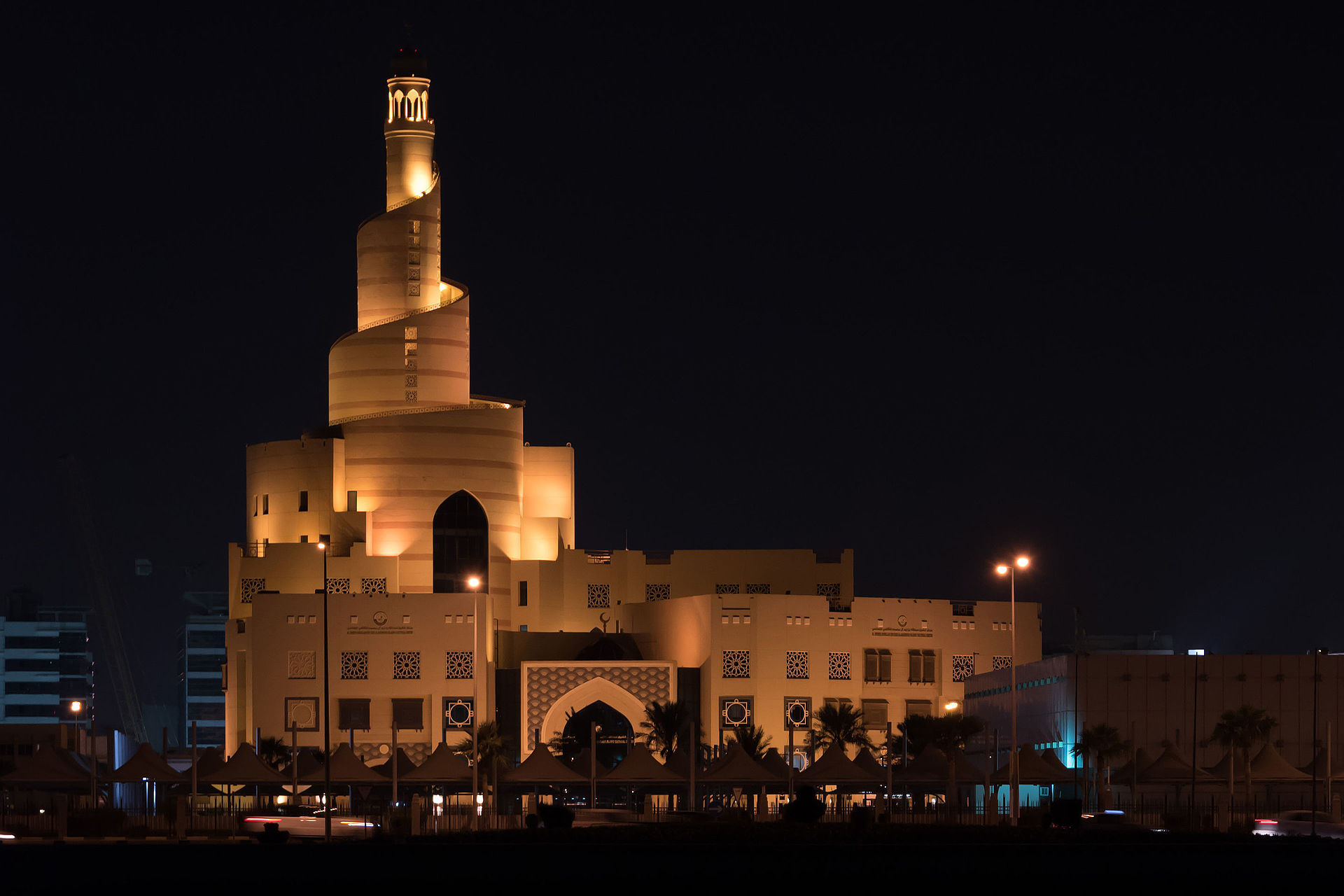 By Nmnogueira – Own work, CC BY-SA 4.0, https://commons.wikimedia.org/w/index.php?curid=44574107
By Nmnogueira – Own work, CC BY-SA 4.0, https://commons.wikimedia.org/w/index.php?curid=44574107
Museum of Islamic Art, Doha
Qatar Movement Activities
Qataris play soccer, handball and golf, but have a real passion for racing of all sorts: car racing, boat racing, even camel racing!
Ardha Traditional Sword Dance

Traditional Children’s Song and Dance
https://www.youtube.com/watch?v=9C5Ipal_jfc
Plan a Trip to Qatar with Kids!
After having all this fun, consider planning a virtual or real trip. What sites or cities would you visit? What food would you eat? Here’s a list of 8 things to do with kids in Qatar. Free visas on arrival for 80+ countries make even a stopover much easier.
Qatar Conversations with a Local: Culture, History, & Food Discussion Video
Qatar for Kids Discussion Questions
- Have you ever had to be the first person like you to do something? How did it feel? How could you help other people to be the first people like them to do something?
- What is something you want to be the first person like you to do?
- Combining an old tradition like camel racing with a new technology like robots is pretty cool. How would you combine an old sport with a new technology?
- All-girls schools and all-boys schools exist in many places around the world. Would you like to go to an all-girls or all-boys school? Why or why not?
- Demand for oil and gas won’t last forever – what other industries do you think Qatar could invest in to be ready for a future that relies almost entirely on renewable energy like solar, wind, or water power?
Thanks for Taking a Virtual Visit to Qatar With Us!
We’ve loved putting together this resource to virtually visit Qatar. We’d love to hear if you do any of these activities for a homeschooling Qatar unit, or if you visit in person!
We hope to inspire curiosity and connection through exploring and learning, and we hope this guide helps you and your families. Please share any activities you do with us over on our Instagram. And we’d be delighted if you passed this Qatar for kids virtual tour and homeschooling resource along to others, as well!
MORE POSTS
IF YOU LIKED THIS POST ABOUT QATAR FOR KIDS, YOU MIGHT LIKE THESE POSTS TOO:
